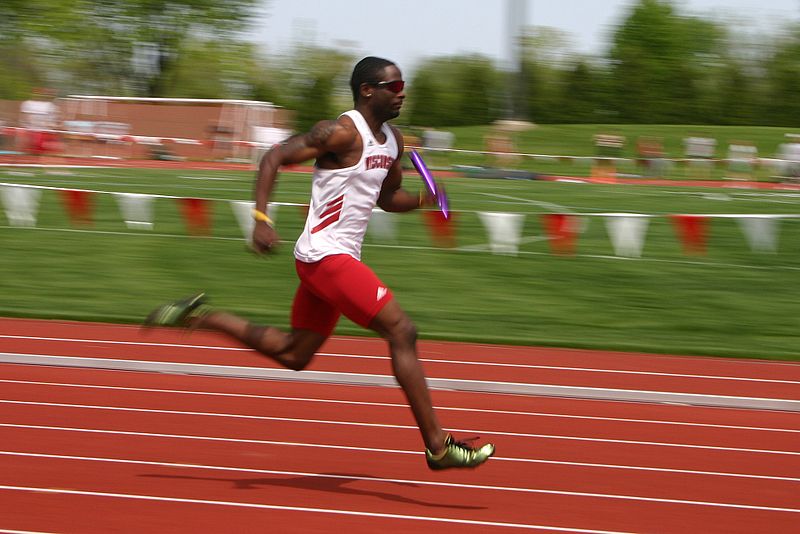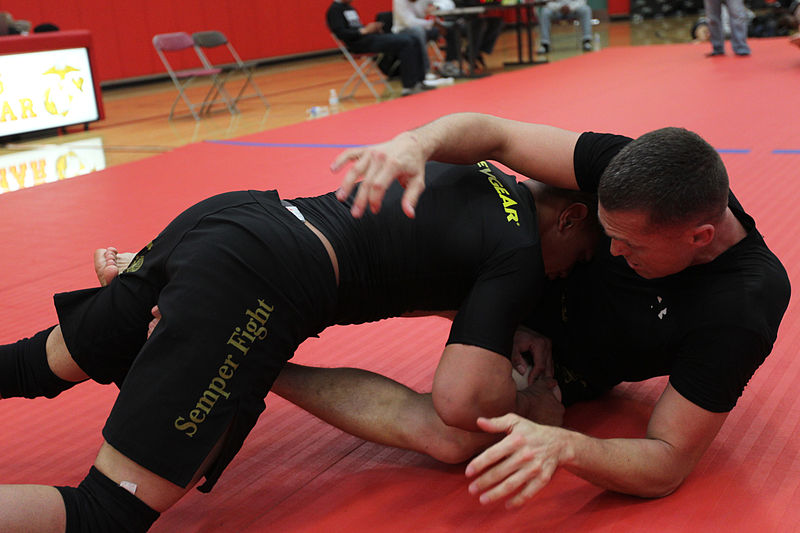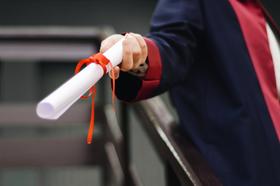Teenagers today experience a myriad of benefits from competing in sports in public schools, from developing camaraderie and team building to honing physical and personal skills. Athletes discover the challenges of both winning and defeat as well.
With the many benefits, however, teens competing in high school sporting events must simultaneously balance athleticism with the potential dangers, such as an overly intense focus on the goal of winning. This goal can become a catalyst leading to destructive behaviors to an athlete’s overall physical health and well-being.
While sports are certainly an integral component of the public high school experience, teens and parents must foster positive athletic experiences by maintaining awareness of all positive and dangerous behaviors and making informed decisions when their children are involved in athletic competition.
Team Building and Public School Athletic Benefits
Personal Development
Whether teens compete in team sports or engage in more individualized activities, all high school sports are fundamentally designed to help teens develop stronger personal and interpersonal skills and talents. Athletics offers teens a physical outlet to exert their troubles, anger, and emotions.. As hormones alter teens’ moods and thoughts, competition fosters an opportunity for teens to interact with fellow peers, coaches, and mentors, while helping them understand their own abilities and talents.
When children and teens participate in group competitions and activities, they learn skills that apply to opportunities both on and off the playing field. Through competition, teens establish a solid work ethic that values practice and rewards determination. teenagers enhance skills in self-reliance and team interaction, and develop new structures of self-motivation, discipline, and personal responsibility.
Researchers at the Institute for the Study of Youth Sports at Michigan State University report, “Kids who participate in organized sports do better in school, have better interpersonal skills, are more team oriented, and are generally healthier.” More specifically, Metzl and Shookhoff (2003) further assert that sports help teens develop an array of personal skills, including resilience, attitude control, time management, and long term thinking abilities.
The Kansas State High School Athletic Association has created the following video highlighting the numerous benefits of participation in athletics:
Physical Fitness
While teens competing in sports are certainly exposed to opportunities to enhance their personal and social development, athletes competing in public school sports also expand their physical abilities and fitness levels. Today’s teens are exposed to an array of entertainment avenues that may foster laziness, such as television, video games, and other media devices, but the traditional experience of sports, exercise, and kinesthetic activities help boost teens’ minds and bodies. Involvement in sporting activities keeps children moving and engaged physically, vital for their overall health and well-being.
During these formative high school years, teenagers’ bodies grow and change constantly, and participation in sports can help teens learn how to maneuver and adjust to their changing body and physical abilities. In addition, a teen’s hormones and chemical makeup are constantly in flux. Involvement in sports can actually help the body produce more positive chemicals, such as endorphins and adrenaline, which creates more stable moods, positive feelings of happiness, and decreased feelings of depression or sadness.
Collegiate Preparation
While teens adopt an array of new and enhanced skills through participation in athletics, teens even more notably become more rounded college applicants (Metzl & Shookhoff, 2003). When applying to colleges, regardless of the collegiate location or status, most schools will review an applicant’s full four-year transcript, which includes grades, course load intensity, test scores, and extracurricular activities.
By participating in sports and other extracurricular clubs and organizations, an applicant demonstrates the ability to manage academics with additional responsibilities, an important quality in a successful student. This balance illustrates student’s self-discipline, social involvement, and general well-roundedness. Furthermore, scholarship opportunities may be available for students who display noteworthy abilities and athletic skills.

By ms4denmark [CC-BY-SA-2.0], via Wikimedia Commons
Balancing the Pros and Cons of Competition
Potential Dangers of Competition and Sports
While any physical activity and sport can provide teens with incredible benefits and opportunities, parents and teenage athletes must also be aware of the potential downfalls of competition and athleticism. As teens engage in competitive events and team sports, their exposure to peer-pressure and anxiety may increase with the need to win.
Furthermore, athletes can experience extreme physical pressures when too much is demanded from them, resulting in injuries from overuse or other physical ailments. As revealed in the article, “High School Wrestler Learned Training Dangers First Hand,” common wrestling practices can lead to dangerous physical consequences. Wrestlers are often forced to either gain or lose weight in order to compete in their desired weight class, which leads to restrictive dieting often involving severe caloric deprivation. This practice is paired with excessive cardio exercise that quickly, and dangerously, burns off body fat and weight. While these practices are often considered to be a more drastic example of the dangers of athletics, any teen who feels suppressed by the pressures of competition may choose to engage in harmful practices in order to win and encounter athletic success.

By English: Lance Cpl. Andrew D. Thorburn [Public domain], via Wikimedia Commons
Midwest Orthopaedics discusses the physical detriments many athletes face due to injury from overuse and the pressures they place on themselves.
Additionally, the physiology of athletes can also be altered as a result of extreme physical exertion. According to Metzl & Shookhoff (2003), “Physical exertion can raise the level of pheromones and endorphins, brain chemicals that cause exhilaration. Exercise can also elevate the serum testosterone level, which makes the heart beat faster.” While exercise and competition can enhance the mood-boosting chemicals that help increase a teen’s feelings of happiness and success, both spectators and athletes can also feel the adverse effects of sadness or depression when a team has a losing season.
How to Guide Teens to Safely Compete
While teens may be subjected to some potential dangers from athletics, parents can help promote a safe competitive drive by limiting the focus on winning and encouraging their child. Metzl & Shookhoff (2003) assert that if parents and teens “remain uninfected by the toxins of winning at all costs and instead focus on effort and fair play, youth sports can be beautiful, exciting, and fun. They can provide kids with an extraordinary opportunity to express their talents and their character, to run around screaming and laughing with joy.” To achieve this, parents and coaches should strive to keep the long-term perspective of sports and competition at the forefront, while teaching teenagers how to do the same.
In regards to addressing the physical dangers of sports, parents can avoid many of the dietary and exercise issues by enforcing specific rules during the sports season. For example, during wrestling season, parents can set a “dinner rule,” requiring teens to eat dinner with the family to ensure their child has a balanced diet. Additionally, it is important for parents to talk with their children about any concerns they may have and counsel their children through open doors of communication.
Teens may find it very difficult to strike a balance with the many obligations of both academia and athleticism during a sports season, so it is important for parents to help teens handle the stress and frustrations that may occur. Teens’ grades may drop or their social interaction with friends may decrease, and if this occurs, parents can always take advantage of the insight and experience of a teen’s coach if they need assistance. For example, if the teen refuses to share thoughts or issues or continues to decline in school or behavior, parents can ask an experienced coach to monitor or speak with the teen. Oftentimes, if the concern is valid and realized, coaches will force teens to sit out during games or competitions until health, attitude, and safety is improved and ensured.
Final Thoughts
By having an awareness of the benefits and challenges of involvement in high school athletics, parents and teenagers can make informed choices that lead to success in high school and beyond. Physical activity is vital for robust health and overall well-being, but it is important for athletes and parents alike to reach a balance between physical limitations and the need to compete to win. If a mindful approach is taken to participation in athletics, teenagers will be nurtured to become their physical and mental best.
Questions? Contact us on Twitter. @publicschoolreview














